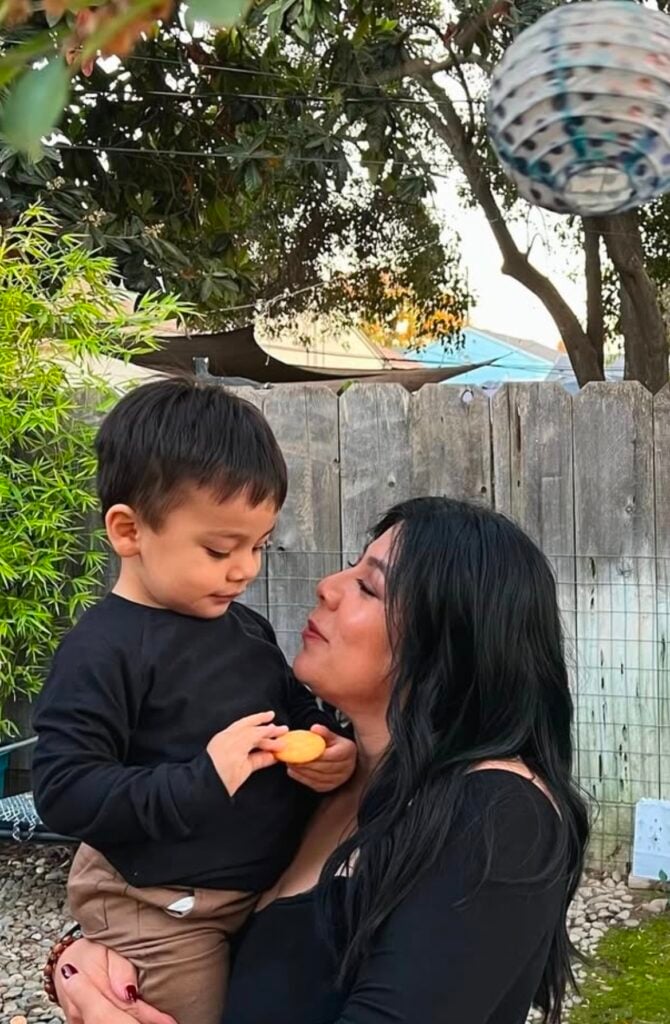
Most children go through phases of picky eating when they refuse or only eat certain foods. But if your child gags at certain textures, avoids entire food groups, or seems distressed by the sight or smell of food, they may be experiencing sensory sensitivity. Knowing the difference between picky eating and sensory sensitivity is crucial to your child’s developmental and nutritional needs, and can help you know whether it’s something your child will outgrow or if extra support may be needed.
How to Tell the Difference Between Picky Eating or Sensory Sensitivity
Knowing the signs of picky eating versus sensory sensitivity can help you understand what’s just a passing phase and when your child may benefit from working with a pediatric feeding therapist.
Signs of Picky Eating
Picky eating is common in children, especially toddlers and preschoolers. It usually looks like:
- Refusing certain vegetables or meats
- Eating only favorite foods
- Sticking to familiar textures and flavors
- Saying “no” to new foods
- Needing to be introduced to new foods several times before trying them
While picky eating can be frustrating, it’s usually temporary. Most children gradually expand their diets as they grow, especially with gentle encouragement and positive mealtime routines. However, it isn’t unusual for some children to remain picky eaters well into adulthood.
Signs of Sensory Sensitivity
Sensory sensitivity may look like picky eating, but it goes beyond simple food preferences. It’s about how your child’s nervous system processes sensory input, and it can make eating feel overwhelming for them. Signs of sensory-related feeding issues include:
- Gagging or vomiting when faced with certain tastes or textures
- Showing extreme distress during mealtime
- Reacting negatively to the sound of chewing
- Avoiding entire categories of food, such as all fruits or all vegetables
- Having strong reactions to smells or how food is presented
- Struggling to eat in social settings like school or restaurants
- Having difficulty eating in social settings due to sensory overload
Unlike picky eating, children don’t usually “grow out of” sensory sensitivity. Without professional help, these challenges can keep kids from getting the nutrients their bodies need. Over time, this may leave them with low energy, trouble concentrating at school, and a greater risk of getting sick. Mealtimes can also become stressful, leading some children to develop ongoing anxiety around food.
How Pediatric Feeding Therapy Can Help Sensory Sensitivity
If you suspect your child has sensory sensitivity issues, a pediatric feeding therapist can identify the root of the challenges and create an individualized plan to help. Therapy focuses on gradually building comfort with new foods, easing mealtime anxiety, and supporting healthier eating habits. This improves nutrition and makes mealtimes calmer and more enjoyable for the whole family.
A pediatric feeding therapist may:
- Identify the root cause of your child’s eating challenges
- Introduce foods through gentle, play-based activities
- Help your child feel more comfortable with different textures, smells, and tastes
- Provide you with strategies to make mealtimes less stressful at home
- Ensure your child is getting the nutrition they need to grow and thrive
With professional support, children with sensory sensitivities can expand their diets at their own pace and learn to feel safe and confident around food.
Reach Out Today
If you’re wondering whether your child has food-related sensory sensitivity, reach out to Joy and Laughter Developmental Therapy to talk with a pediatric feeding therapist, or try our free online screening tool: https://jldtherapy.developmentchecklist.com/.


























































































































